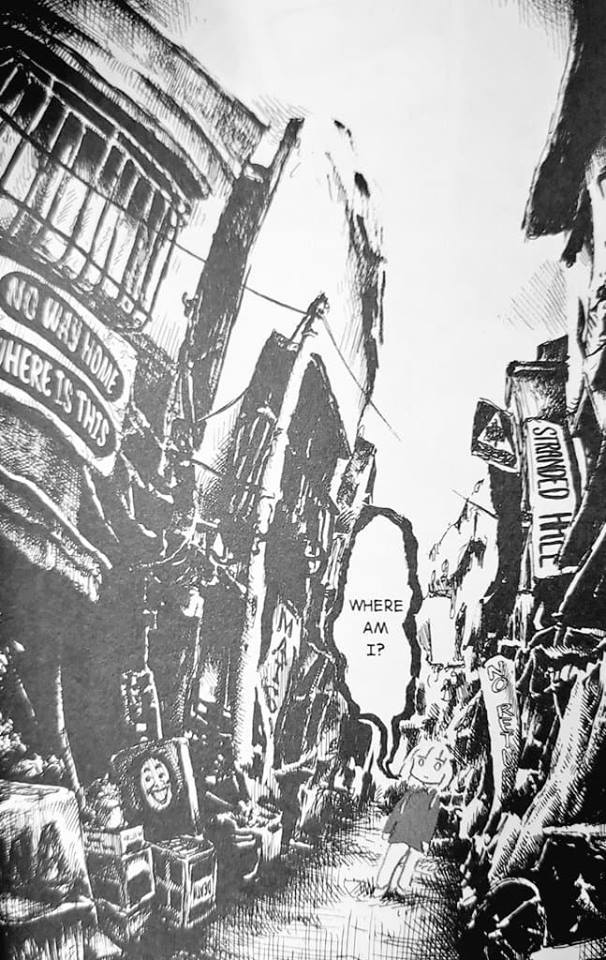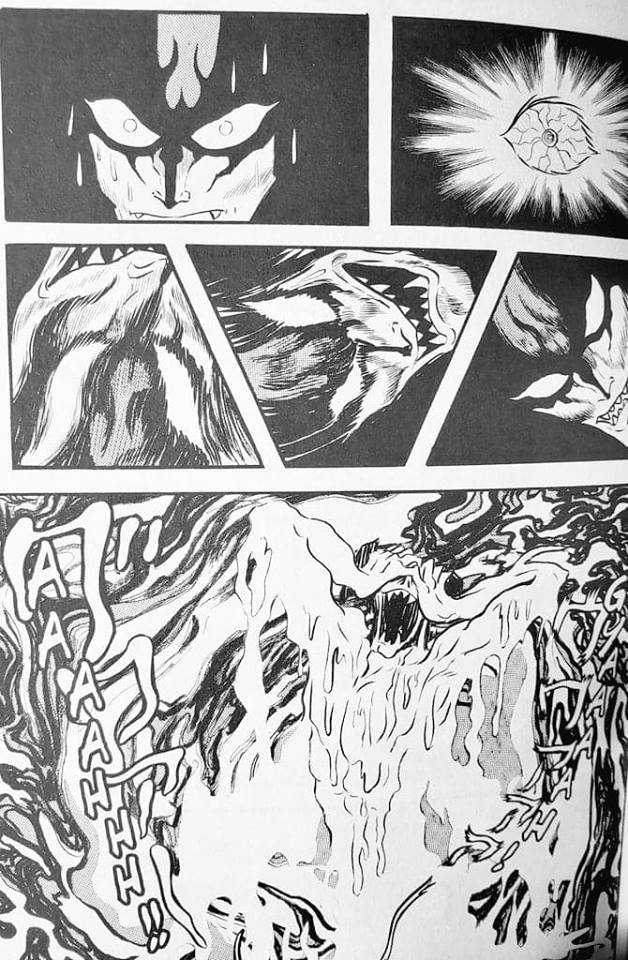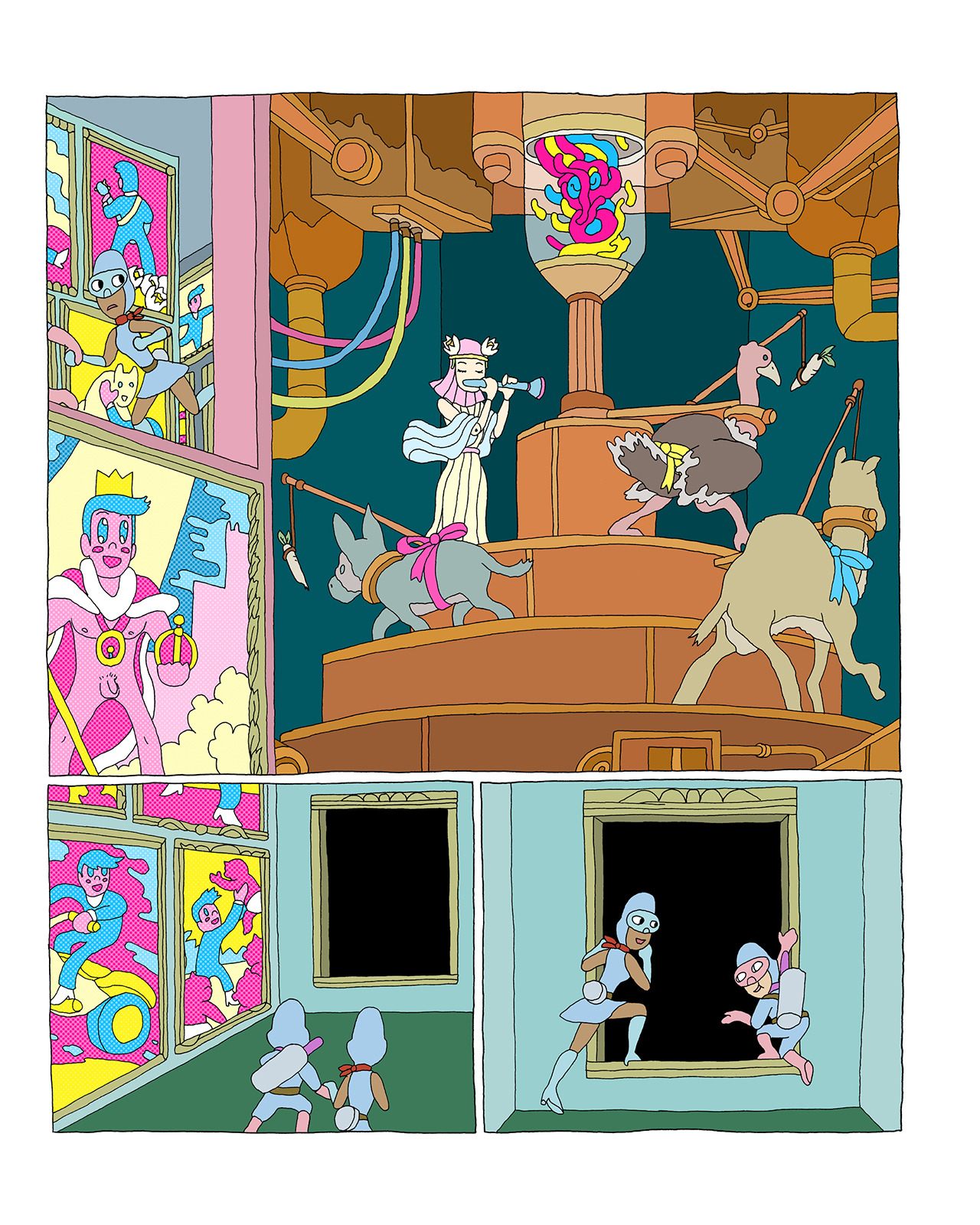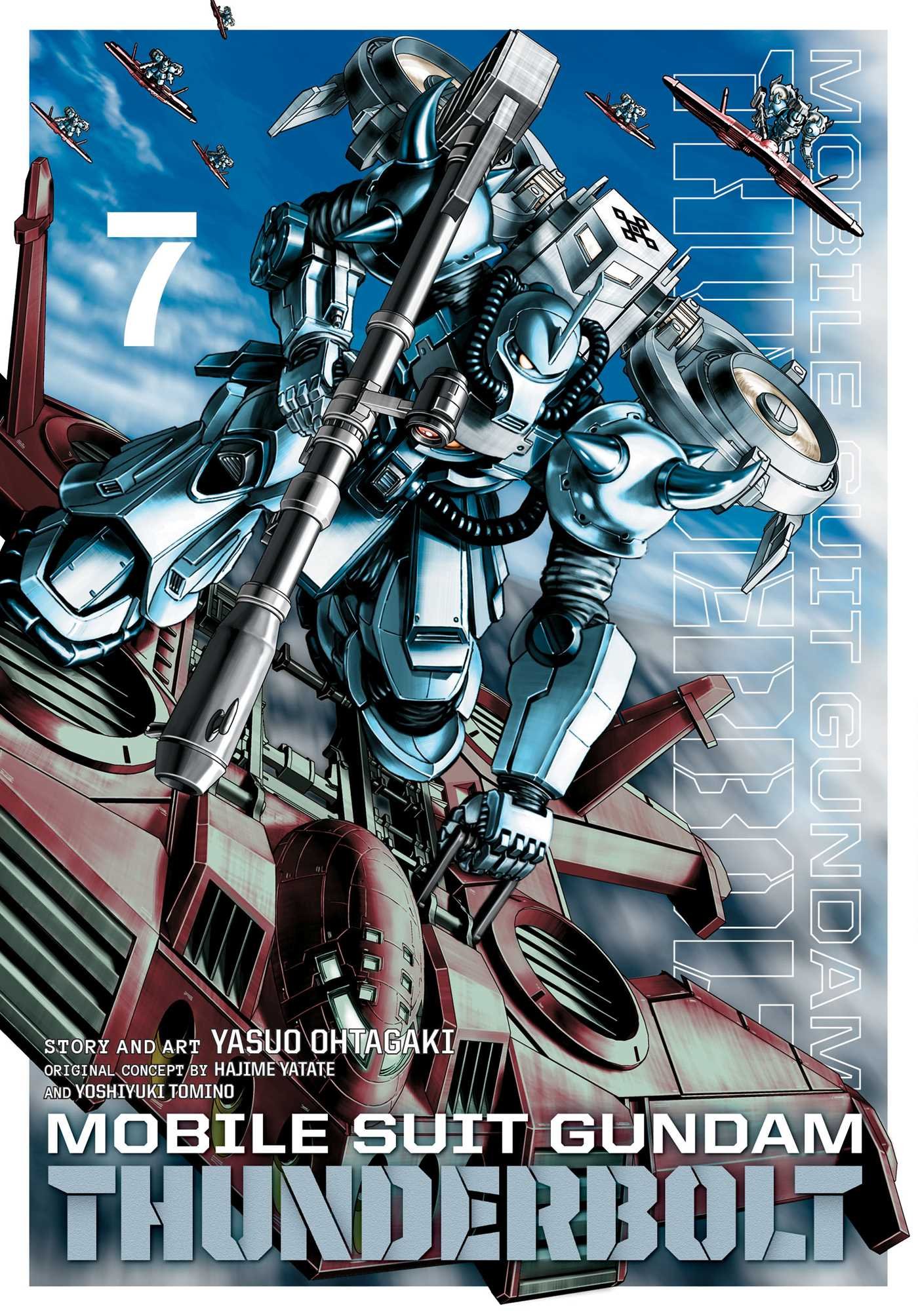This article originally appeared on my patreon. If you like content like this, and would like to see more, you can subscribe via the link at the top of the page.
Image: Rumiko Takahashi(VIZ)
So Viz just started putting out these huge chunks of Rumiko Takahashi’s Urusei Yatsura series. It’s a series I really only vaguely knew about through the years just from seeing Lum around. Recently they released the anime movie Urusei Yatsura 2: Beautiful Dreamer which is directed by Mamoru Oshii in one of his early works. I watched that and pretty instantly fell in love.
I think fundamentally what draws me to this world that Takahashi has created--well let’s back up. So Urusei Yatsura is a harem comic about this boy Ataru who is extremely unlucky and ends up in a duel with this alien Invader Lum for the sovereignty of earth. He wins the duel(a game of tag) but accidentally proposes marriage to Lum when he meant to propose to his high school crush Shinobu and for Lum it is love at first sight. So Ataru ends up in all of these weird insane situations that usually end with him getting shocked by Lum or beaten up by Shinobu. It is basically a slapstick comedy comic with this harem element, and it really is a delight to read.
Part of what really makes it work is just how deranged Ataru quickly becomes. He is a womanizing philanderer who only has that one thing on his mind, and basically chases after whatever pretty girl he happens to see in that moment, while trying to escape from Lum. Unfortunately he is an idiot, and incredibly unlucky which earns him the enmity of everyone in the world except weirdly Lum. The degree to which he really isn’t so much a sympathetic character as a complete lunatic puts you in this interesting place of enjoying when he gets his comeuppance, but also sometimes you see how things always kind of fall apart for him where he comes off the worst looking out of everyone, and so you have a degree of comedic sympathy for him.
The main reason it works so well though is because Takahashi is such a master of body language and comedic acting. Also her forms are really appealing to look at with their almost peanuts like heads, and sort of skinny but compact body shapes.
She also draws these great facial reactions. This page I really laughed at because it shows how Ataru is almost this buddha of perv, and I love Princess Kurama’s face at the end.
Image: Rumiko Takahashi (VIZ)
Image: Rumiko Takahashi (VIZ)
Generally Takahashi has this compositional sense of push and pull between characters where everyone is almost on a string around each other. You can kind of see that in this panel where Ataru is leaning in towards Kurama, who is upright at this diagonal that fits with the shock and horror of the background characters, coupled with the crow goblins flying around the page, it gives it this real cyclonic force. But generally she constantly has this thing where if one character is leaning in, the character they are leaning into is leaning back. It’s like watching a dance. She just really has this pleasant sense of body weight and sense of space where you feel like characters are really moving into and out of personal space.
Also texturally she has a really great balance between blacks, tones, and white space. Which is something I don’t think enough people really have an understanding of whether in black and white or color. Just the way you visually balance the values of a page in a way that feeds dynamic composition.
Image: Rumiko Takahashi (VIZ)
And then also as I said, the way she draws figures has that kind of thing I really like from this era of cartoonists. It’s appearing in the same way that a Franquin drawing might be, but I feel, slightly more malleable. It is the weight and the balance that you feel in the figures which is really insane. This shit isn’t easy! I read a review somewhere online that compared her early work on the series to Tezuka, but I think she has something stranger than Tezuka in her lines and forms. She feels more youthful and slightly looser, bouncier. Maybe a little more punk. Her characters are addled in a way that is I think fairly unique to her, but also of this time too. Even though this comic isn’t cyberpunk, it has the same vibe as the biker gangs in Akira I think. Series is good enough that I guess now I’m going to finally check out Ranma ½ while I wait for the next book from Viz. I ask forgiveness to the gods for sleeping so long on her work (same with Clamp).
For me, this is kind of something I would like to see more with modern western comics, who I think have gotten too mired in realist forms, or are too indebted to things like Steven Universe that they lose edge. There’s an expressiveness with Takashi that also has this edge to it, that I really envy. I mean look at this above image of Ataru sprawled on the ground. It’s so beautiful the way his body pretzels over his large head. He’s got those cool two stripes on his shirt to give him a bit of style, as well as the colored cuffs on his sweatshirt. And that heavy but assured line weight on his figure contrasted against the textures for the ground and wall behind him--it’s such a pleasing mixture.
I am actually really aware that Takahashi is super influential on a particular generation of Western cartoonists, and indeed she was recently recognized by the Eisners for her body of work— but an example of this is someone like Brandon Graham, who…I don’t think his work has ever had as much edge as Takahashi does(in fact quite the opposite, his work relies more on smooth sedate qualities), either graphically or narratively. And he doesn’t really do the kind of manic insane characters that Takahashi can do, which for me is mainly what I vibe on with her work. It’s not the smoothness that attracts me, it’s the bent-ness. This is punk in a way that creators of her school have never really tried to capture. She’s an anarchist as an artist, and I think this is a quality that distinguishes her. To put it all in terms of Urusei Yatsura, I think everyone glommed on to Lum, but the essence of Urusei Yatsura’s appeal is actually Ataru. I love it. I want more.
Some last bits of credits: Urusei Yatsura is Published by Viz, written and drawn by Rumiko Takahashi, with translation and English Adaption handled by Camellia Nieh with lettering by Erika Terrriquez. It is probably available wherever fine comics are sold, or whatever.



















